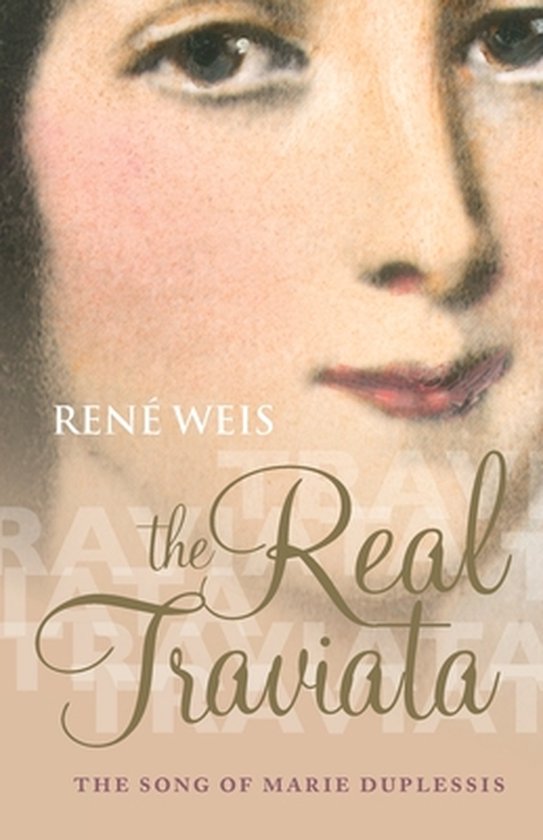
The Real Traviata
The story of Marie Duplessis, the woman who inspired Verdi's La traviata. A rags-to-riches fairytale, from rural poverty to Parisian stardom, which ended in tragedy but gave rise to some of the most heart-wrenching and lyrical music ever composed.
The Real Traviata is the rags-to-riches story of a tragic young woman whose life inspired one of the most famous operas of all time, Verdi's masterpiece La traviata, as well as one of the most scandalous and successful French novels of the nineteenth century, La Dame aux Camélias, by Alexandre Dumas fils. The woman at the centre of the story, Marie Duplessis, escaped from her life as an abused teenage girl in provincial Normandy, rising in an amazingly short space of time to the apex of fashionable life in nineteenth century Paris, where she was considered the queen of the Parisian courtesans. Her life was painfully short, but by sheer willpower, intelligence, talent, and stunning looks she attained such prominence in the French capital that ministers of the government and even members of the French royal family fell under her spell. In the 1840s, she commanded the kind of 'paparazzi' attention that today we associate only with major royalty or the biggest Hollywood stars. Aside from the younger Dumas, her conquests included a host of writers and artists, including the greatest pianist of the century, Franz Liszt, with whom she once hoped to elope. When she died Théophile Gautier, one of the most important Parisian writers of the day, penned an obituary fit for a princess. Indeed, he boldly claimed that she had been a princess, notwithstanding her peasant origin and her distinctly demi-monde existence. And although now largely forgotten, in the years immediately after her death, Marie's legend if anything grew in stature, with her immortalization in Verdi's La traviata, an opera in which the great Romantic composer tried to capture her essence in some of the most heart-wrenching and lyrical music ever composed.
The Real Traviata is the rags-to-riches story of a tragic young woman whose life inspired one of the most famous operas of all time, Verdi's masterpiece La traviata, as well as one of the most scandalous and successful French novels of the nineteenth century, La Dame aux Camélias, by Alexandre Dumas fils. The woman at the centre of the story, Marie Duplessis, escaped from her life as an abused teenage girl in provincial Normandy, rising in an amazingly short space of time to the apex of fashionable life in nineteenth century Paris, where she was considered the queen of the Parisian courtesans. Her life was painfully short, but by sheer willpower, intelligence, talent, and stunning looks she attained such prominence in the French capital that ministers of the government and even members of the French royal family fell under her spell. In the 1840s, she commanded the kind of 'paparazzi' attention that today we associate only with major royalty or the biggest Hollywood stars. Aside from the younger Dumas, her conquests included a host of writers and artists, including the greatest pianist of the century, Franz Liszt, with whom she once hoped to elope. When she died Théophile Gautier, one of the most important Parisian writers of the day, penned an obituary fit for a princess. Indeed, he boldly claimed that she had been a princess, notwithstanding her peasant origin and her distinctly demi-monde existence. And although now largely forgotten, in the years immediately after her death, Marie's legend if anything grew in stature, with her immortalization in Verdi's La traviata, an opera in which the great Romantic composer tried to capture her essence in some of the most heart-wrenching and lyrical music ever composed.
| Auteur | | Ren Weis |
| Taal | | Engels |
| Type | | Paperback |
| Categorie | | Kunst & Fotografie |





